Once upon a time, fruits didn’t have much of a place in my garden. I didn’t really know it was possible to grow fruit trees or bushes in my small plot. I always imagined that fruits were best grown in tropical climates and in gardens with a lot of space.
At the time, I was semi-successful growing tomatoes in a very shaded area and realized that fruiting plants were much more demanding than other types of vegetation. I figured fruits would be too much of a pain to grow. Boy was I wrong!
As I learned more about the world of gardening, I grew interested in permaculture, learned about perennial plants, and became familiar with a variety of fruits that would thrive in my climate and return every year to deliver a bounty of sweet, tasty, goodness.

In my current garden, I have a young blueberry bush, a goji berry plant, and a rapidly multiplying strawberry patch. I also had raspberries growing at one point, but they were accidentally mowed over and never recovered. Since that unfortunate incident, all my fruits have been safely nestled in containers.
Containers allow me to control the soil composition and the plant’s environment. If it’s too cold for the plant to outside overnight, I can drag the container inside to keep my plants protected. Since fruits are often planted as permanent guests in the garden, growing in containers is helpful for those living in housing that may be temporary, or for those who aren’t ready to commit to growing a bush or tree in a specific location. Some fruits can even be grown indoors in containers; varieties that would otherwise fail to thrive in colder climates (e.g., citrus fruits).
Caring for Fruit Plants in Containers
If you’ve ever felt intimidated by the idea of growing fruits in containers, push that fear and intimidation aside. It’s not only possible, it’s a lot easier than you think. The key is choosing the correct container and giving your plant precisely what it needs.

Most fruit needs plenty of sunlight, so whether you grow them outside on a balcony or in an attractive container in your kitchen, you’ll need to place them in a spot with lots of light. In general, fruits also like it warm and tropical-type fruits enjoy higher levels of humidity.
Below you’ll find a variety of fruits suitable for growing in containers along with tips on how to care for your portable plant friend.
Blueberries
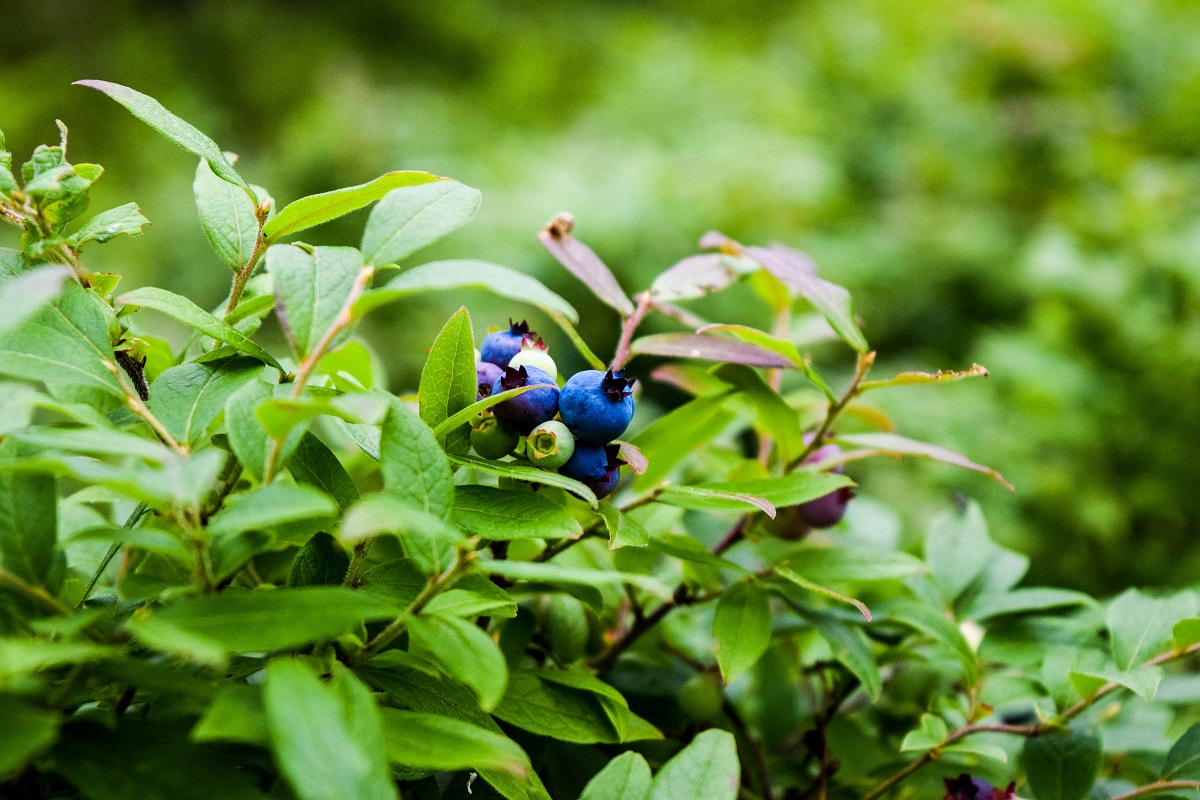
Suitable for USDA zones 3 to 10
Blueberries are an ideal candidate for container growing because they love acidic soil, and other plants in your veggie garden likely won’t thrive in the same soil. A small container about 12 inches in diameter is fine to start, but soon your young blueberry bush will need more room.
Related Post: How To Start A Blueberry Patch With Three Plants
A barrel-style container or fabric pot is the best permanent housing for your new blueberry plant. Place your potted blueberry bush in a sunny spot, and consider netting to keep hungry birds from grabbing your sweet berries. Pollinators need access to the blossoms, though. You’ll also be better off with two plants rather than one if you want a sizable harvest.
Gooseberries

Suitable for USDA zones 3 to 8
Gooseberries are perfect for small spaces and grow very well in containers. A small plant will produce quite a few edible berries as long as it’s exposed to enough sunlight. Choose a large container to house your gooseberries. Fabric pots are a great choice as they encourage ample airflow.
Strawberries

Suitable for USDA zones 3 to 10
These popular berries are super easy to grow. So much so they sometimes become invasive if left to their own devices in an open space. Grow them in containers to keep them from spreading beyond their initial planting spot.
Related Post: Growing Strawberries
I like to grow strawberries in raised beds, although any container is suitable for this type of berry. Strawberries are also ideal for hanging pots or terraced planters that allow the berries to trail over the sides. Ensure the depth of the container is around 5 inches.
Lemon and Other Citrus Trees

For outdoor planting, suitable for USDA zones 8 to 11
I tried growing lemons indoors and failed miserably. But I’m eager to try again because the first time, I made a mistake without even realizing it. I purchased a citrus fruit from a nursery and took excellent care of my little lemon tree.
For months, though, I watched it slowly decline in health without understanding what was happening. When it finally died, I removed it and realized I had accidentally left the store with two containers stacked one upon the other. This caused water to pool and slowly rot the tree’s root system.
I have no doubt in my mind that my lemon tree would have flourished if it weren’t for this mistake. It’s the perfect fruit for growing indoors. The biggest challenge is providing your plant with enough humidity, especially if you’re in an area with cold, dry winters. Daily spritzings with a spray bottle or positioning the plant near a humidifier are ways to promote an ideal environment.
Pick dwarf citrus tree varieties that are self-pollinating if you plan to grow them indoors. Once the weather warms, your citrus trees can be safely housed outdoors for the summer. Just keep an eye on the weather forecast!
Apples

Suitable for USDA zones 3 to 9
Choose dwarf apple varieties for container growing and verify whether your chosen plant is self-fertile or requires a partner tree to bear fruit. Your pot should be at least 20 inches wide.
Related Post: Pruning Apple Trees
Apples are relatively hardy, so grow them outdoors in a sunny spot in your garden.
Bananas
For outdoor planting, suitable for USDA zones 8 to 11
Did you know that several dwarf banana varieties are suitable for indoor growing? Imagine that! Pick homegrown bananas for your next smoothie. Not all banana plants produce edible fruit, so carefully identify the variety before bringing it home. Water your banana plant frequently and place it in a room where it’ll get plenty of indirect sunlight.
Figs

For outdoor planting, suitable for USDA zones 8 to 10
Fig trees are a very popular indoor houseplant. I’m a plant nerd who has recently been looking to acquire a few new potted plants for her collection, and whenever I’m browsing — either online or in a nursery — I see fig plants for sale. Not all figs produce edible fruit. Pick the right variety (e.g., not a fiddle leaf!) and enjoy fruit from your indoor plant. Figs like bright light and weekly watering.


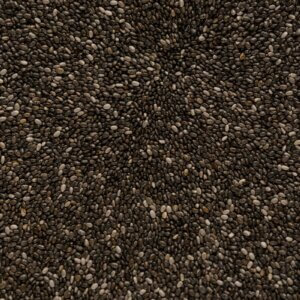


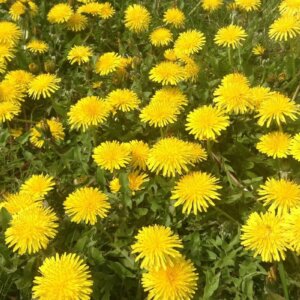
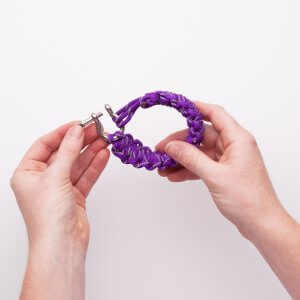
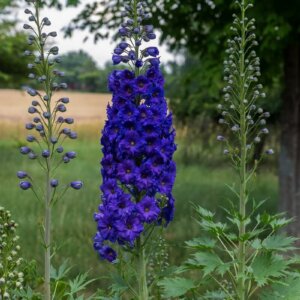
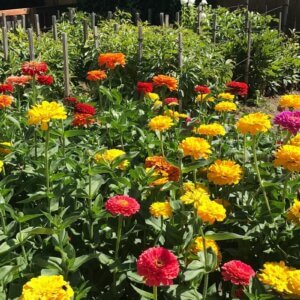


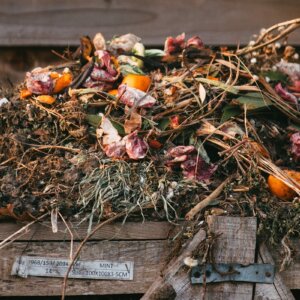

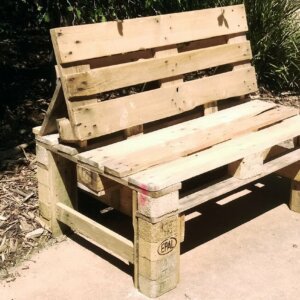
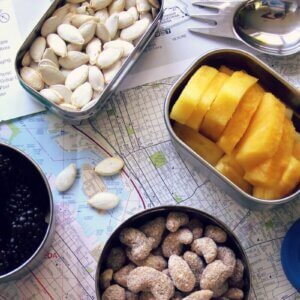




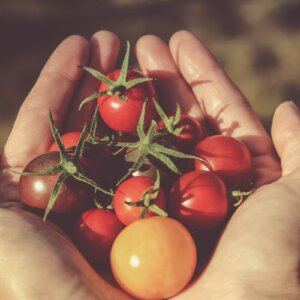

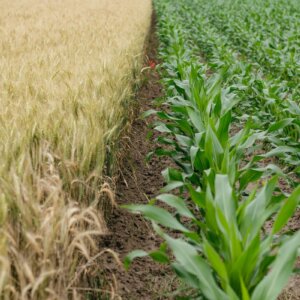
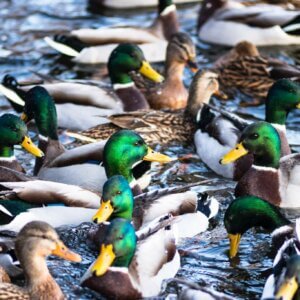

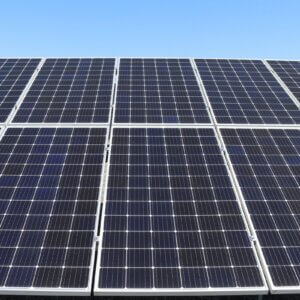
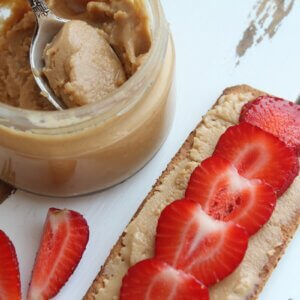
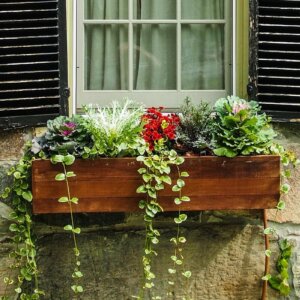
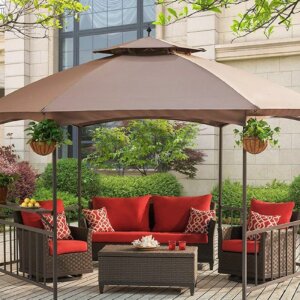
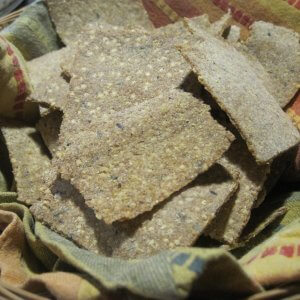
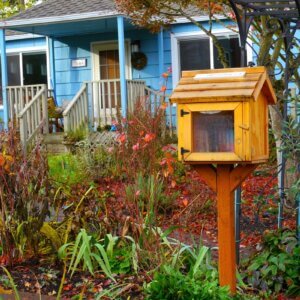
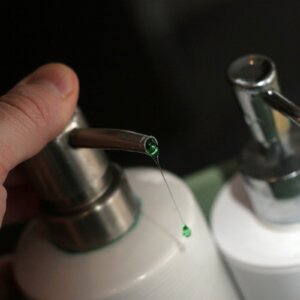
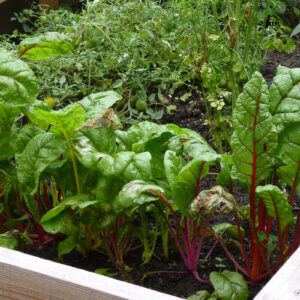
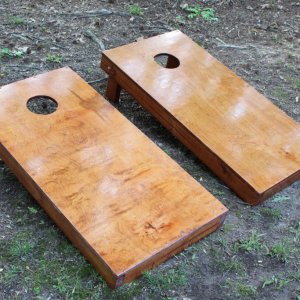


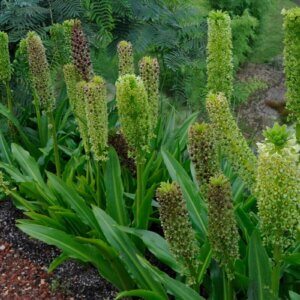
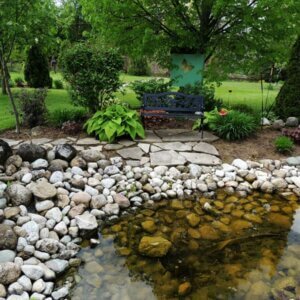
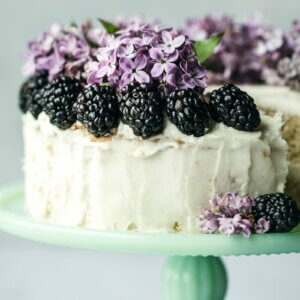
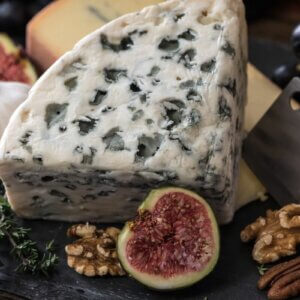


Leave a Reply